Chatbot analytics have come a long way. At first, chatbots were simple rule-based systems that only tracked basic interactions. Now, they have evolved into advanced AI-powered platforms that deliver in-depth insights and actionable business intelligence. This shift has changed how companies measure conversational AI performance and how they use customer data for decision-making.
By understanding the evolution of chatbot analytics, businesses can improve customer experience, optimize digital strategies, and gain smarter insights from every interaction. Whether you are setting up your first chatbot or upgrading an existing conversational AI system, understanding these changes helps you plan more effectively and achieve better results.
The move from basic metrics to AI-driven insights shows more than just new technology. It highlights a broader change in how organizations approach artificial intelligence, customer engagement, and performance measurement in the digital age.
The Early Days: Basic Chatbot Metrics and Limitations
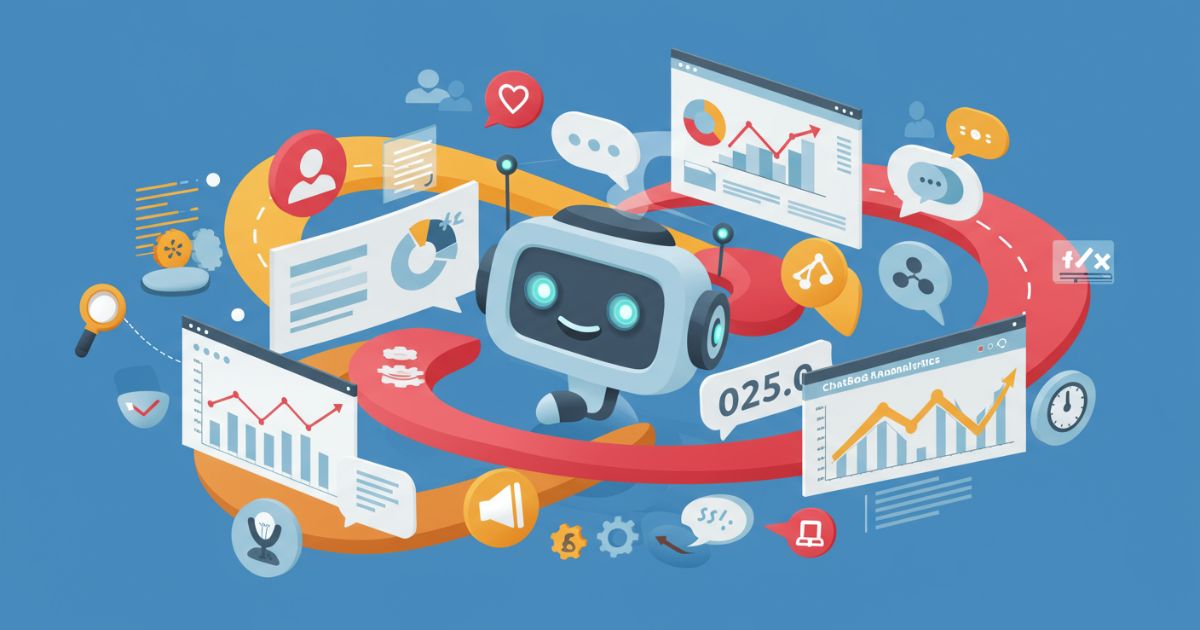
Early chatbot analytics primarily focused on quantitative measurements, providing limited insight into actual performance quality. These foundational metrics included conversation volume, response time, and basic user satisfaction scores.
Volume-Based Measurements
The first generation of chatbot analytics centered around conversation counts, daily active users, and message frequency. While these numbers helped organizations understand usage patterns, they failed to capture the quality of interactions or their impact on business objectives.
Response Time Tracking
Speed metrics dominated early analytics dashboards, measuring the speed at which chatbots responded to user queries. However, fast responses didn’t necessarily correlate with helpful or accurate information, creating a false sense of success for many implementations.
Simple Satisfaction Surveys
Basic thumbs-up/thumbs-down feedback mechanisms provided minimal insight into user experience. These binary rating systems couldn’t capture the nuanced reasons behind user satisfaction or dissatisfaction, limiting improvement opportunities.
Limited Context Understanding
Early analytics systems struggled to understand conversation context, treating each interaction as an isolated event. This approach missed critical information about user journeys, intent progression, and the relationship between multiple touchpoints.
The Transition Period: Introducing Context and User Journey Mapping
As chatbot technology matured, analytics systems began incorporating more sophisticated tracking capabilities that considered conversation flow and user behavior patterns.
Conversation Flow Analysis
Analytics platforms started mapping entire conversation threads, identifying where users typically dropped off, which responses proved most effective, and how conversations evolved over time. This provided deeper insights into user behavior and chatbot performance.
Intent Recognition Metrics
The introduction of natural language processing capabilities brought intent-based analytics, enabling organizations to measure the accuracy with which chatbots identified and responded to specific user needs. These metrics helped optimize training data and improve response accuracy.
Multi-Channel Integration
Analytics systems expanded beyond single-channel measurement to track user interactions across multiple touchpoints, including websites, mobile apps, social media platforms, and messaging services. This holistic view revealed more complete customer journey patterns.
Behavioral Pattern Recognition
Advanced tracking began identifying user behavior patterns, such as peak usage times, common question categories, and seasonal trends. This information enabled better resource allocation and proactive customer service strategies.
Modern Smart Analytics: AI-Powered Insights and Predictive Capabilities
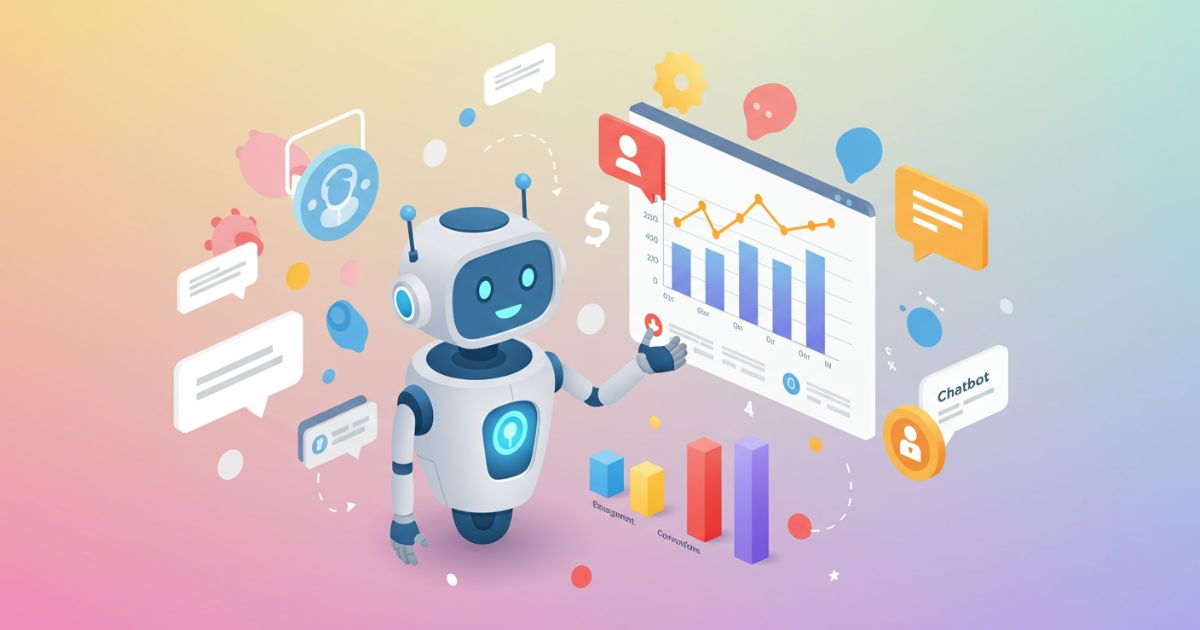
Contemporary chatbot analytics leverage artificial intelligence and machine learning to deliver actionable insights that drive business decisions and improve customer experiences.
Sentiment Analysis and Emotional Intelligence
Modern analytics platforms incorporate sentiment analysis to understand user emotions throughout conversations. This capability helps identify frustrated customers, successful resolution patterns, and opportunities for human handoff before situations escalate.
Predictive Analytics Integration
Machine learning algorithms now predict customer behavior, identify potential risks of churn, and recommend proactive interventions. These predictive capabilities enable businesses to address issues before they impact customer satisfaction.
Real-Time Performance Optimization
Advanced analytics systems continuously monitor chatbot performance and automatically adjust responses, routing decisions, and escalation triggers based on real-time data analysis. This dynamic optimization improves outcomes without manual intervention.
Natural Language Understanding Depth
Sophisticated NLU analytics track conversation quality, topic complexity, and successful resolution rates with unprecedented accuracy. These insights help organizations understand exactly where their chatbots excel and where improvements are needed.
Key Performance Indicators That Drive Business Value
Modern chatbot analytics focus on metrics that directly correlate with business objectives and customer satisfaction, moving beyond vanity metrics to actionable data points.
Resolution Rate and First-Contact Success
Measuring how often chatbots successfully resolve customer issues without human intervention provides clear insight into operational efficiency and the quality of customer experience.
Customer Effort Score (CES)
This metric measures the effort required for customers to achieve their goals through chatbot interactions, directly correlating with satisfaction and loyalty metrics.
Conversion and Revenue Attribution
Advanced analytics now track how chatbot interactions contribute to sales, lead generation, and other revenue-generating activities, demonstrating clear ROI for conversational AI investments.
Escalation Pattern Analysis
Understanding when and why conversations escalate to human agents helps optimize chatbot capabilities and improve training data quality.
Implementation Strategies for Advanced Analytics
Successfully implementing sophisticated chatbot analytics requires strategic planning, selecting the proper tools, and ongoing optimization processes.
Data Integration Architecture
Effective analytics implementation requires seamless integration between chatbot platforms, customer relationship management systems, and business intelligence tools. This unified approach ensures comprehensive insight generation.
Custom Dashboard Development
Organizations benefit from creating role-specific analytics dashboards that present relevant metrics to various stakeholders, including customer service managers and executive leadership teams.
Continuous Learning Frameworks
Implementing feedback loops that automatically improve chatbot performance based on analytics insights ensures ongoing optimization and adaptation to changing customer needs.
Future Trends in Conversational AI Analytics
The next generation of chatbot analytics will incorporate even more sophisticated technologies and approaches to understanding customer interactions.
Voice Analytics Integration
As voice-enabled chatbots become more prevalent, analytics platforms are incorporating speech pattern analysis, tone recognition, and verbal sentiment evaluation capabilities.
Cross-Platform Journey Mapping
Future analytics will seamlessly track customer journeys across all digital touchpoints, providing unified insights into how conversational AI fits within broader customer experience strategies.
Ethical AI and Bias Detection
Advanced analytics will incorporate bias detection mechanisms to ensure fair and equitable treatment across all customer segments, thereby supporting the responsible implementation of AI.
Maximizing Your Chatbot Analytics Investment
The evolution from basic metrics to smart insights represents more than technological advancement—it reflects a fundamental shift toward data-driven customer experience optimization. Organizations that adopt sophisticated analytics capabilities gain significant competitive advantages through enhanced customer satisfaction, improved operational efficiency, and increased business intelligence.
Success requires choosing analytics platforms that align with business objectives, implementing comprehensive data integration strategies, and maintaining focus on metrics that drive real value. As conversational AI continues evolving, the organizations that leverage advanced analytics most effectively will create superior customer experiences while achieving measurable business results.
Start by evaluating your current chatbot analytics capabilities against modern standards, then develop a roadmap for incorporating smarter insights into your customer service strategy.
For Further Reading, explore Mastering Chatbot Platforms: A Guide to Enhancing Engagement and Efficiency

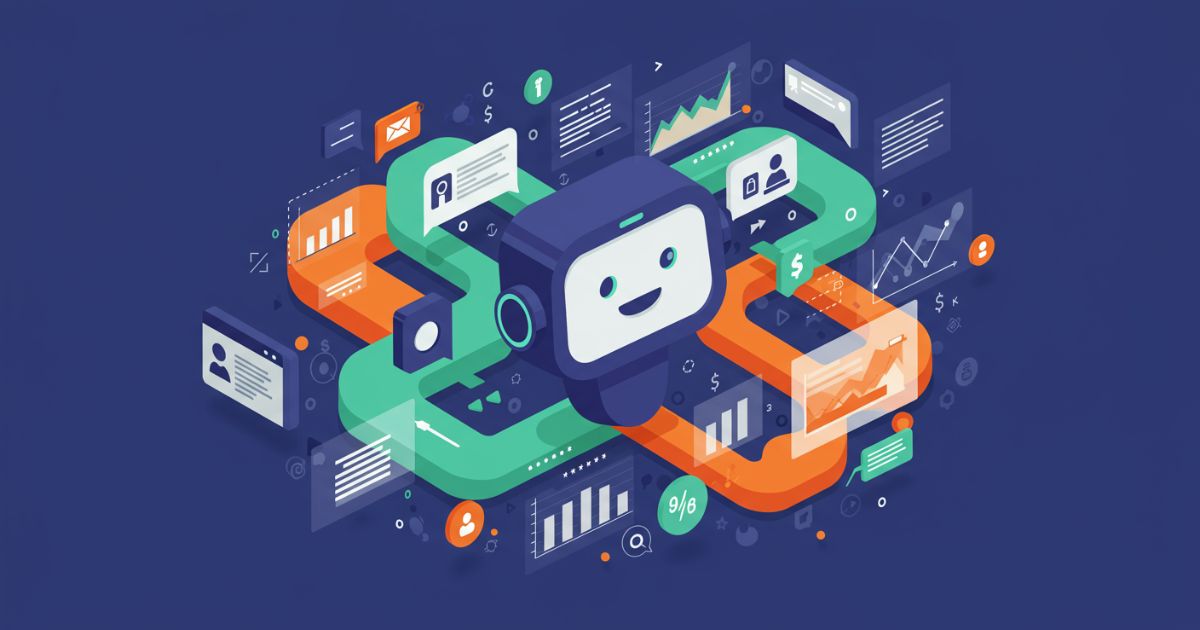

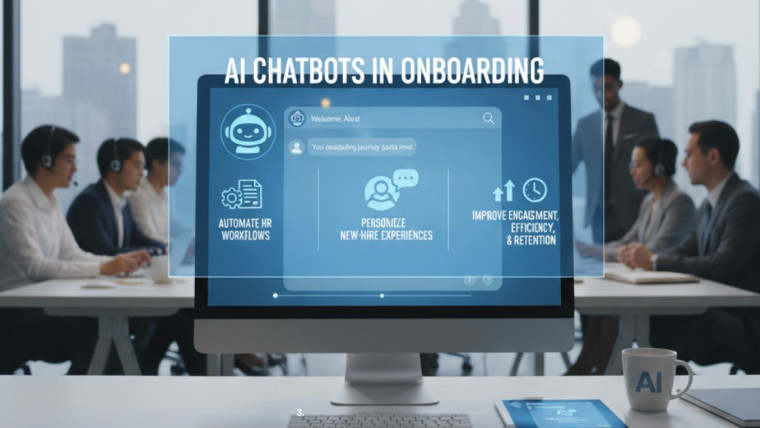
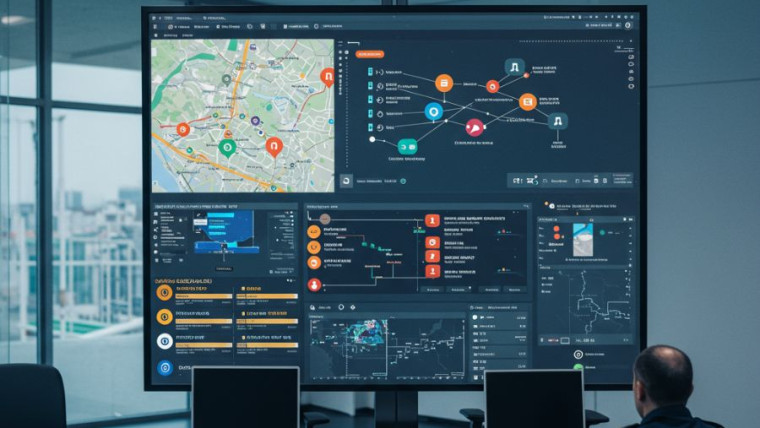



Transforming Employee Onboarding with AI Chatbots: A Step-by-Step Guide
Emergency Response Chatbots: Revolutionizing Crisis Management with AI
Revolutionizing Recruitment: How Chatbots Streamline Hiring Processes and Elevate Talent Acquisition
The Future of AI Chatbots in Customer Experience: What’s Next?